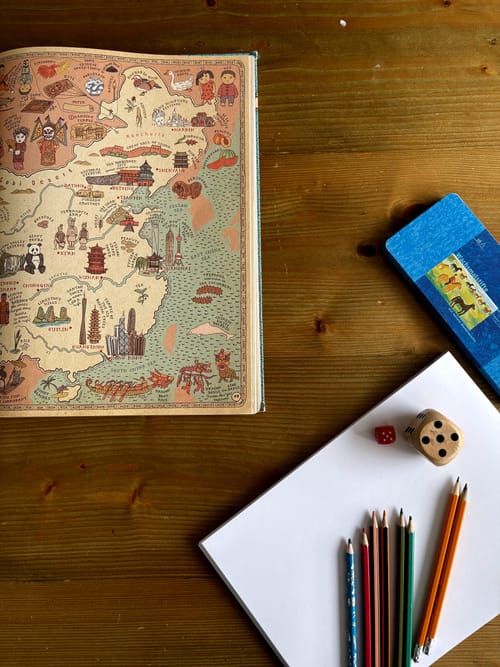How Our Days Look Right Now
I’m often asked how we home educate, and I never find it an easy question to answer. It changes all the time.
I love reading posts about other home ed families’ days. It's so interesting to see how different they look and I usually come away with new ideas, inspiration or reassurance.
So I've written a similar post to give you a snapshot of what learning looks like for us right now: one busy day out and about, and one slower day at home.
I’ve chosen two days that flow fairly smoothly so you can see how learning fits into our days but there are plenty of other days with bickering, low energy and mood or some sort of developmental phase leading to frustration and tears - but I’ll write about those another time!
Monday – Out and About
Monday is currently our busiest day. We have 3 different outside activities, which means the morning is spent getting lunches and snacks ready, finding everything we need and packing the bags, so there's not much time for activities together at this point.
We try to fit in a few small daily things like a poem, maths puzzle or word game over breakfast, but it doesn't always happen.
While I’m getting things ready, my son (9) will go on Duolingo or Hello Chinese - he’s been learning some Mandarin ahead of a trip to visit family in Hong Kong and China very soon. My daughter (7) tends to to follow me around asking lots of questions (usually when I’m busiest 😅) or she might take herself off to play or draw.
We'll then head off to a home ed football session. The car ride is a good time for a chat, a game or a podcast - or they might bicker the whole way! Then my son will play football for a couple of hours while my daughter plays with the other kids in the playground or on the scooter track.
We’re back home by early afternoon for a bit of quiet time - usually 30-45 minutes where everyone does their own thing. It gives us all a chance to rest and recharge before a busy afternoon and I try to actually rest rather than work, it makes such a difference if I can have a break at this point.
After this we might have time to read together or play a quick game but often they'll go outside and play something together while I catch up on jobs around the house and get things ready for our next groups.
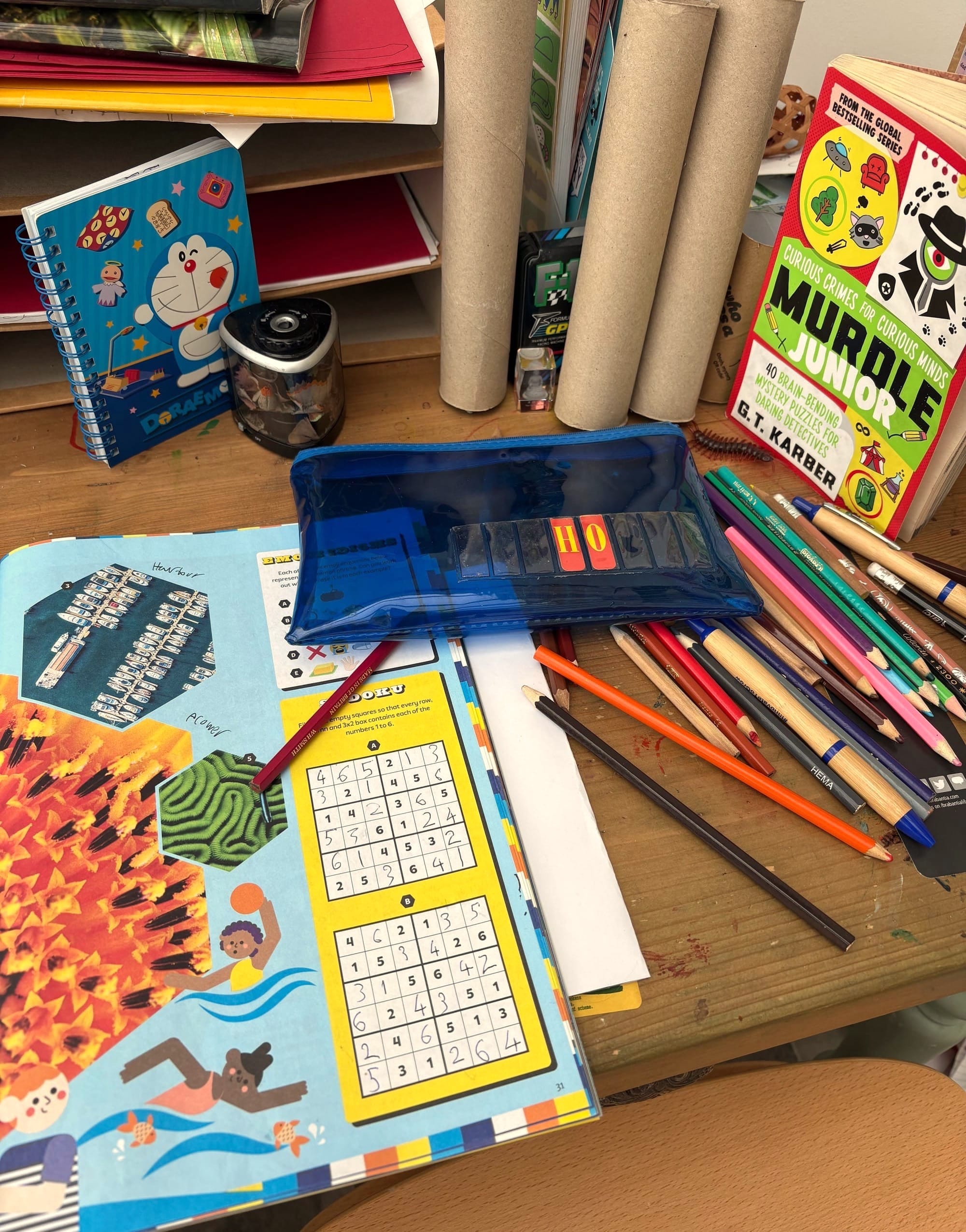
In the late afternoon, my husband finishes work, and one of us takes my daughter to gymnastics while the other takes my son go-karting, which happens once or twice a month. It's a good chance for some one-to-one time with each of them and we often have some great conversations. Evenings usually involve a slightly chaotic dinner as we're in and out at different times and then separate bedtime stories.
The key on these busy days is leaving plenty of unplanned space around the activities so we don’t end the first day of the week completely shattered.
Tuesday - A Slower Home Day
Tuesday's a completely different kind of day. When there are no set plans or nowhere to be, the start of the day feels much calmer. My husband and I usually get up before the kids now (something that hasn't been possible until the last year as they used to wake up so early!) and we have a bit of time to ourselves to work, read or just to have a silent cup of tea (the best one of the day).🫖.
Over breakfast we have more time to get through some of the small daily learning activities we do: poems, maths or word puzzles, word of the day and then we'll plan out our day so we can try to make sure we fit in what everyone wants and needs to do.
Once dressed, my son will usually learn some more Mandarin and then go off and play Lego or do some puzzles or reading.
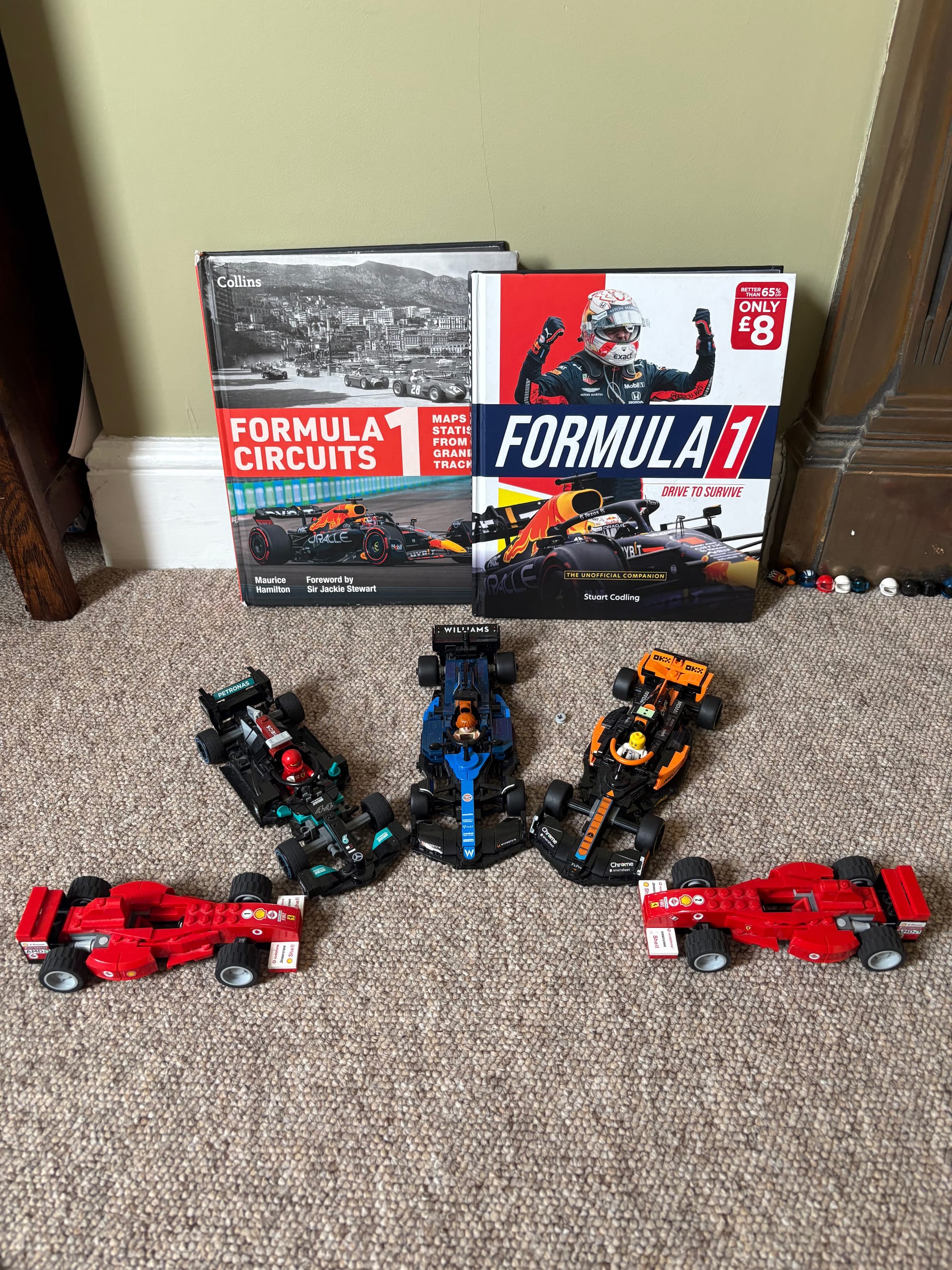
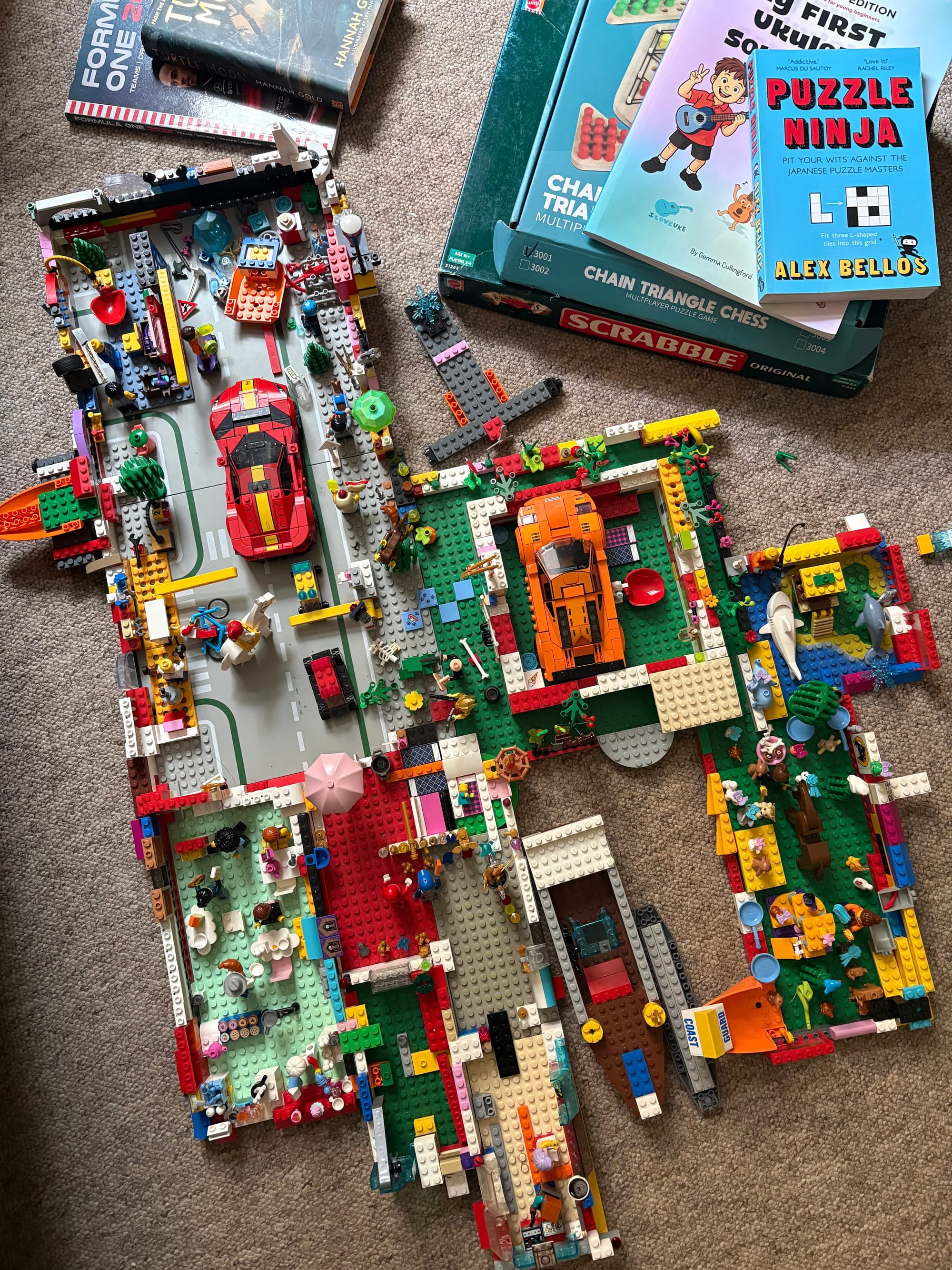
Lego is something they happily play together for hours and make up all sorts of interesting creations with. It's also a handy time for me to catch up on jobs, rest or do some work.
I’ll do some activities with my daughter at this time: form drawing, writing or some maths games. These aren’t full-blown lessons, just small activities to build basic skills gradually. She loves dice games and playing Countdown at the moment so I try to set aside plenty of time to do those with her while she's particularly keen. On lower energy days or when she doesn't seem in the mood, we'll do a board game or read together instead.
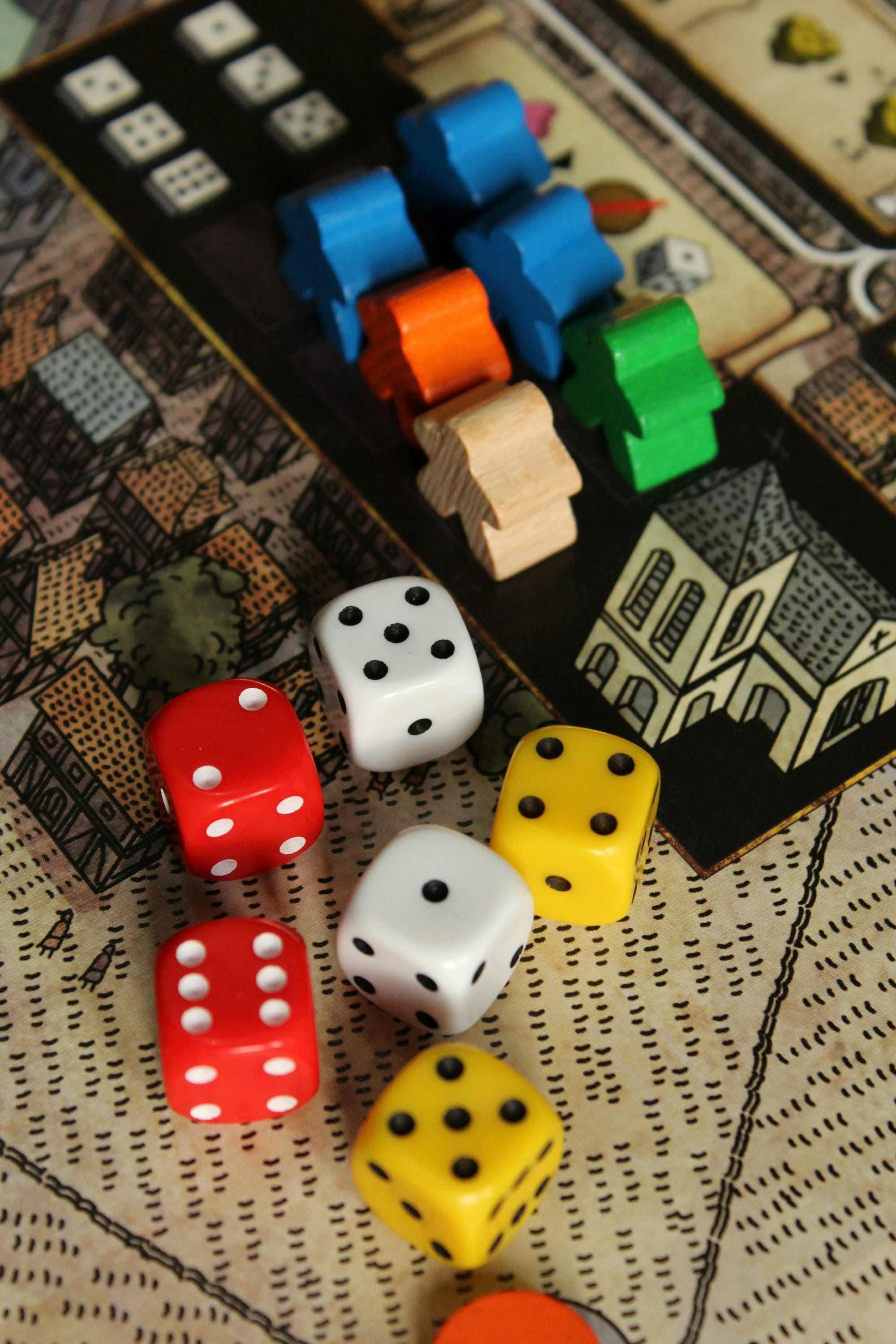
We swap over afterwards, and I spend time with my son for about half an hour doing similar activities, while my daughter might sit nearby drawing or playing independently. This is a big change over the past year - she used to struggle to let me have one-to-one time with him, so I had to plan carefully or use a bit of screen time so we weren't interrupted.
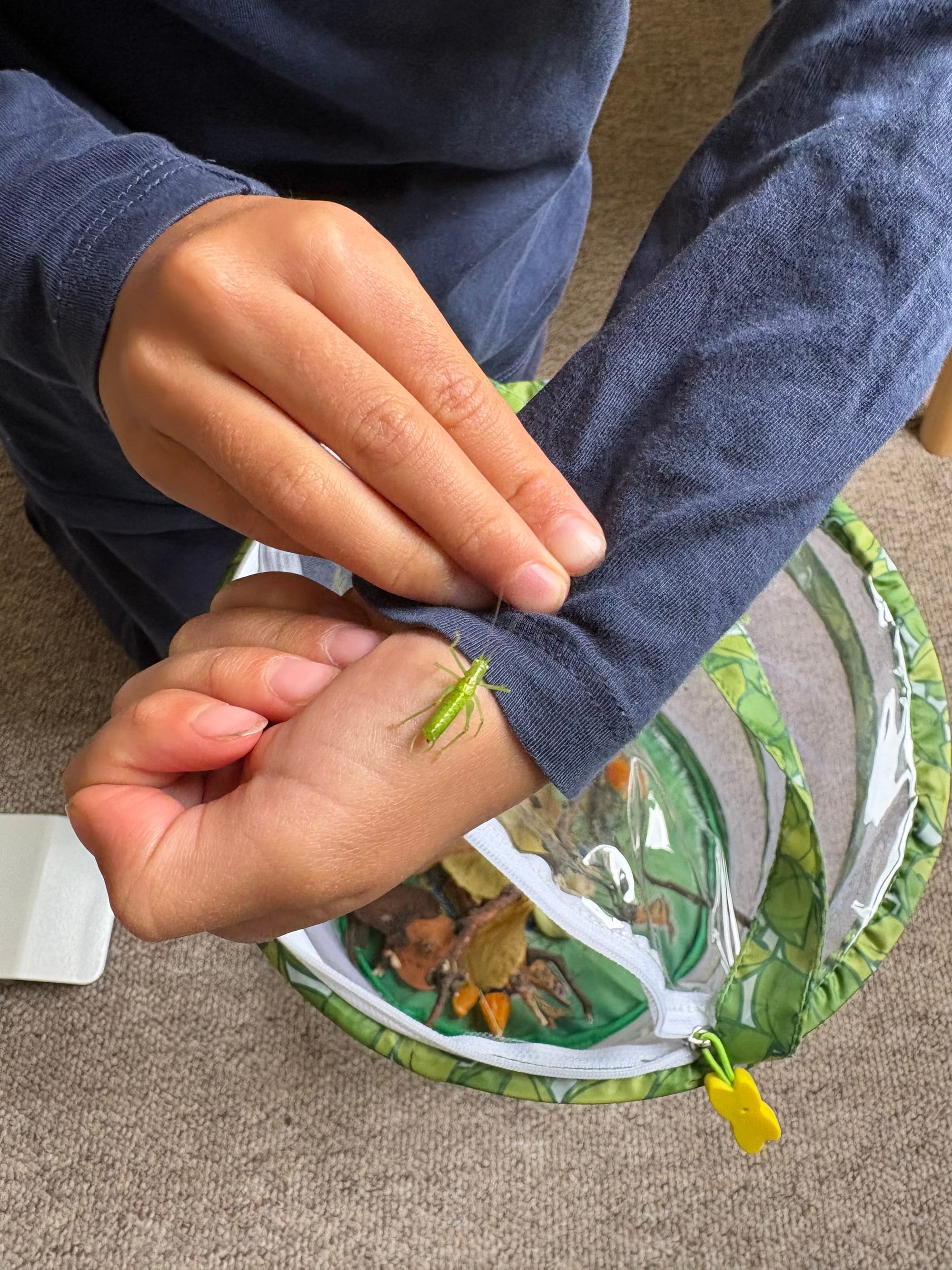
Lately, my son’s been enjoying writing his own stories, inspired by some author talks we went to recently, so we might take a look at those, play word or number games or work through some tricky logic puzzles together.
Over time, all these small activities add up to build a solid foundation of skills and knowledge. I’ve found games and short bursts of practice, keeping them light, enjoyable and sustainable rather than long and arduous, means they're motivated to keep coming back. Tuning into their mood, energy and interests has been key to making sure it works for them.
As they get older, this balance will probably shift, but for the primary years, small activities to build simple skills mixed with longer stretches of self-directed learning seem to work really well.
Around mid-morning we’ll often have a snack together, which is usually when we do some history. That often sparks follow-up reading, online research, a podcast or episode of Horrible Histories or another video or documentary.
We might also head to the local library, one of my top home ed resources that we use weekly. I'll choose a few books linked to any topics we're currently learning about and they'll choose some for themselves based on their interests.
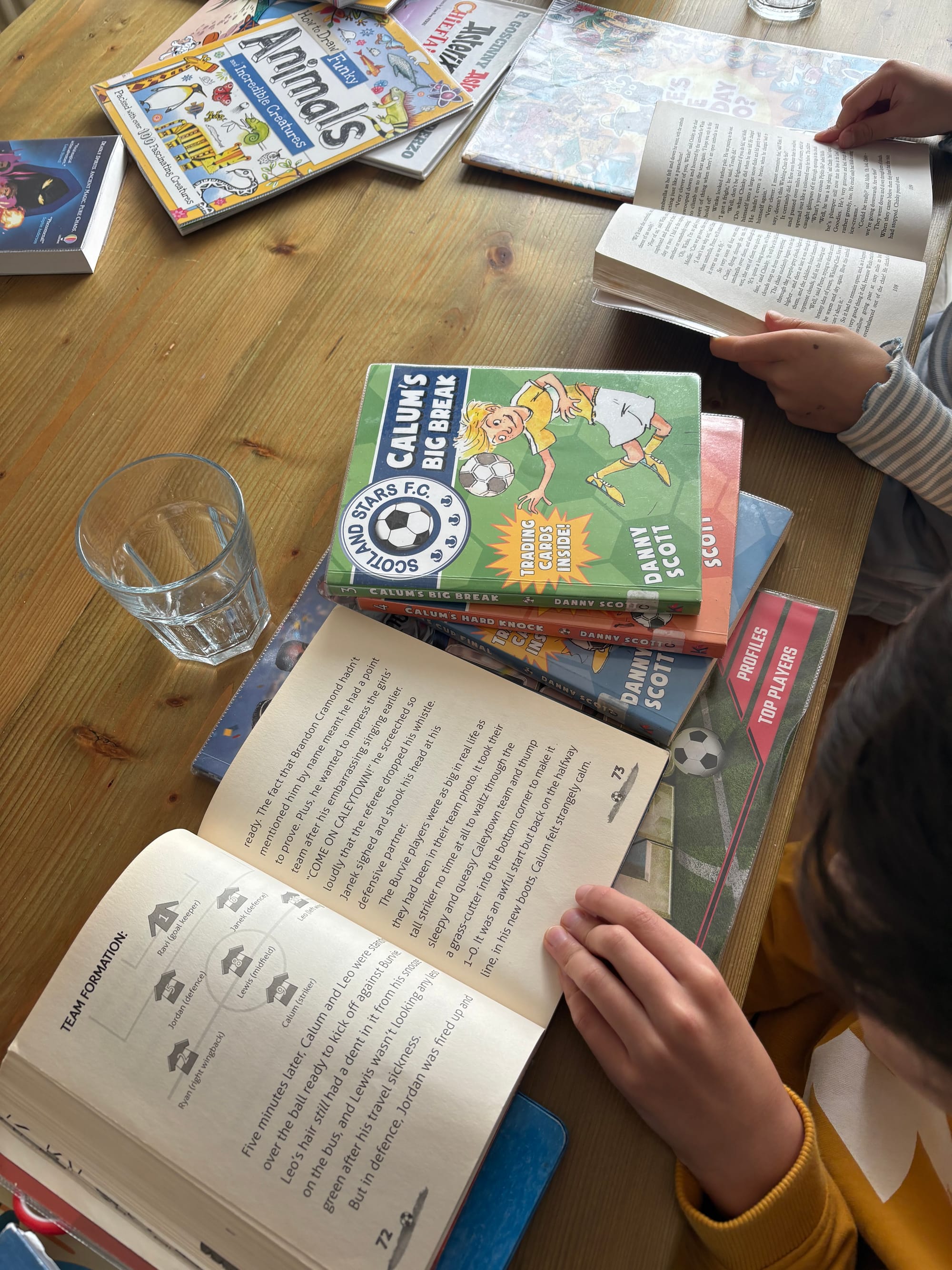
While I get lunch ready, they'll head off to play or they might help out, especially if it involves the kitchen jobs they particularly enjoy! Afternoons depend on our plans; sometimes we go out for a walk, on other days we stay at home.
If I feel they need a bit of direction, I might set something up such as painting, a science experiment, or do a bit of drama which is something they've been really enjoying. If we haven't already been out, we might get out of the house and go for a walk. It really just depends on the day, their mood and energy, my mood and energy - some days they’re happily independent for hours, other days they seem to need a bit of help to direct their energy.

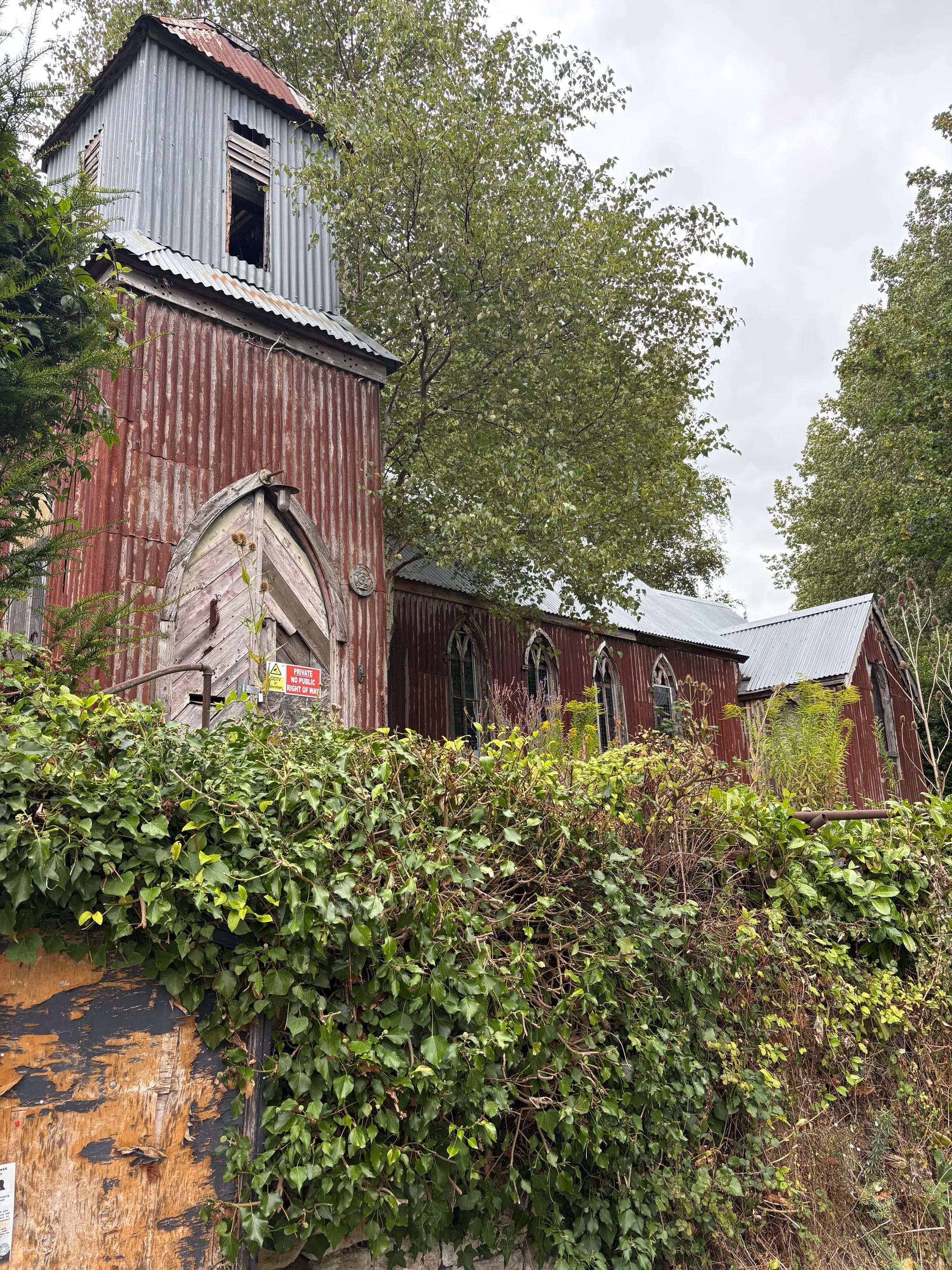
Some random recent discoveries we made on one of our slower day walks: a tin church and a toadstool which we though was a Fly Agaric but turns out it was just a red one that had been nibbled!
Before tea is when they might watch some TV or go on the computer - at the moment they're enjoying BBC History games like Raid and Trade or The Argo Odyssey. After dinner on a Tuesday my son has an online group chess lesson so we'll clear up whilst chatting to my daughter who will potter about drawing, reading or chatting with us while we get things done, then they'll both go off and play (they always seem to have the most energy at this time!), which gives us time to rest a bit and finish any jobs that need doing.
Now our kids are a bit older, evenings are much easier than they used to be; we do separate bedtime stories (we’re currently reading Grimwood and have just finished The Boy to Beat the Gods ), and then leave them to it until lights out. My son usually reads quietly but my daughter will be playing, drawing and doing all manner of energetic things until she's ready to sleep. Two very different kids!
Working together to make home ed work
Another big change for us over the last few months is that my husband’s work has become much more flexible, and he’s now based at home full-time. After deciding that this was the kind of arrangement we wanted, and putting in a lot of creative thinking, flexibility and effort on both our parts, we’ve been able to make it work. He can take the kids to some of their groups and do activities with them which he really enjoys, and it gives me a break and some time for my own work. (I’ll write another time about how his feelings about home ed have evolved, going from initially unconvinced to fully embracing it.)
I’m very aware of what a privilege this set up is, especially after years of carrying most of the weekday load myself and knowing how exhausting it can be to manage so much on your own. Back then, if I didn’t keep an eye on my own needs and find small ways to build take care of myself, burnout happened all too easily.
The Learning I See Every Day
Looking back over these two very different days, there's a lot of learning running through conversations, play, outside activities, reading, small activities and games together and daily life - but just as important are the things that are just as important such as freedom, time and space to do their own thing, rest, autonomy and connection.
This balance works for us right now, but it shifts with interests, needs and circumstances. Staying loose and flexible lets us move with those changes.
I’d love to hear what a typical day looks like for you. Drop a comment below if you'd like to share or have any questions (you'll need to be signed in to comment).

